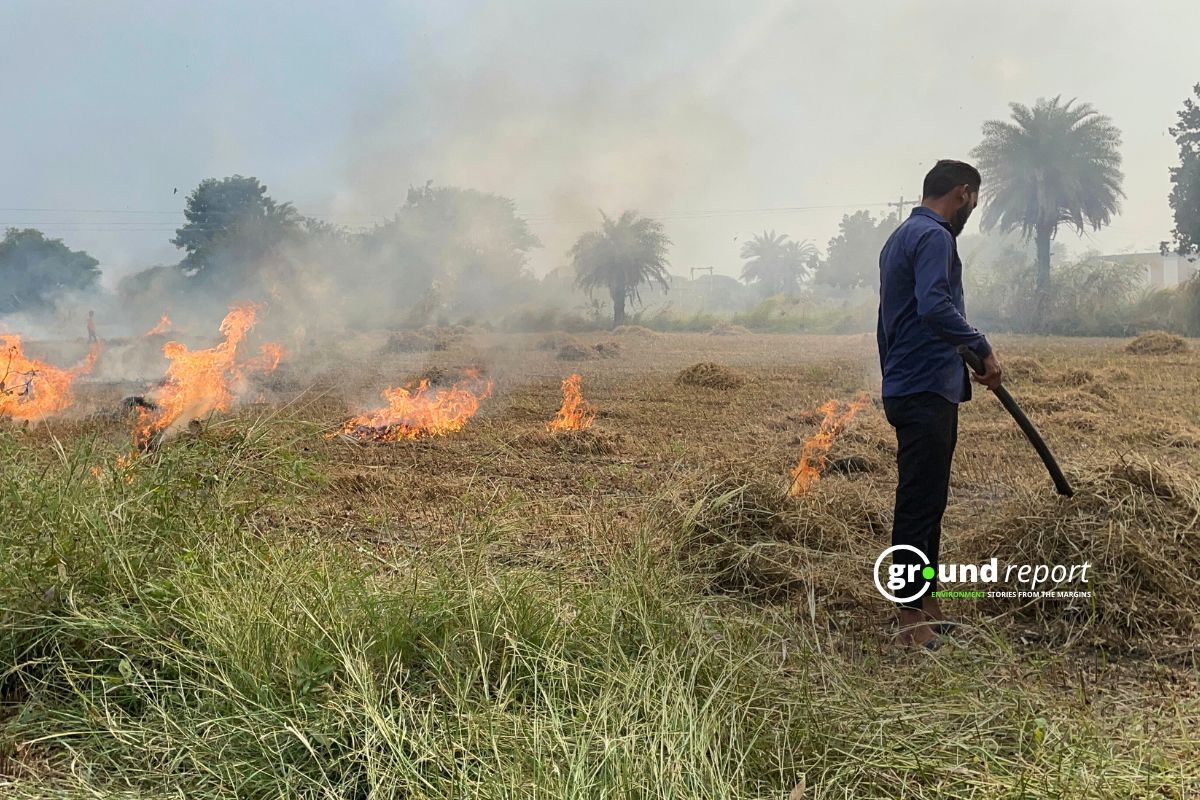India’s religious tourism sector is transforming with a strong commitment to sustainability. In a recent Lok Sabha session, Tourism Minister Gajendra Singh Shekhawat outlined a strategy focused on eco-friendly and responsible tourism. The government has recognized the challenges faced by pilgrimage sites, including inadequate infrastructure, poor sanitation, and environmental concerns. To address these, the Ministry of Tourism is spearheading initiatives for a sustainable approach to religious tourism development.
Govt enhances tourism with sustainability
The Indian government is implementing central sector schemes to enhance tourism infrastructure while preserving the cultural and natural heritage of religious sites. Key initiatives include “Swadesh Darshan (SD),” “Pilgrimage Rejuvenation and Spiritual Heritage Augmentation Drive (PRASHAD),” and “Assistance to Central Agencies for Tourism Infrastructure Development.” These programs focus on developing tourism infrastructure and providing financial assistance to states and union territories for better management of pilgrimage destinations.
The PRASHAD scheme, launched in 2021, focuses on pilgrimage sites. It aims for integrated, sustainable, and inclusive development of pilgrimage and heritage destinations nationwide. The government has approved numerous PRASHAD projects to enhance accessibility, sanitation, security, and local livelihoods while preserving the heritage of these sites.
The Swadesh Darshan scheme has sanctioned 76 projects worth ₹5287.90 Crore to promote tourism in coastal, heritage, and eco-tourism circuits. The scheme was revamped as Swadesh Darshan 2.0 (SD2.0), focusing on sustainability, eco-friendly practices, and responsible tourism. Under SD2.0, 34 projects worth ₹793.20 Crore have been funded with an emphasis on environmental sustainability, socio-cultural benefits, and economic growth.
The PRASHAD scheme has funded 46 projects totalling ₹1621.14 Crore, focusing on improving infrastructure like roads, sanitation, parking, and waiting areas at pilgrimage sites. This approach aims to enhance the pilgrimage experience while minimising environmental impact.
Key features of PRASHAD scheme
The PRASHAD scheme focuses on key areas to foster sustainable tourism:
-
Infrastructure Development: Building waiting rooms, public toilets, parking facilities, and improving road connectivity for pilgrims.
-
Heritage Conservation: Restoring and conserving historical monuments and cultural sites to preserve India’s heritage for future generations.
-
Community Engagement: The scheme involves local communities, providing them with training and employment opportunities to benefit economically from tourism development.
-
Sustainable Practices: It promotes renewable energy, waste management, and clean technologies to minimize the carbon footprint of tourism infrastructure.
-
Integrated Planning: Each pilgrimage site is developed according to an Integrated Plan (IP) for coordinated and sustainable growth.
-
Financial Assistance: 100% central financial assistance is provided for eligible projects under the PRASHAD scheme, ensuring necessary infrastructure and conservation efforts are funded.
-
Monitoring and Evaluation: The scheme includes a robust monitoring system to ensure effective and timely project implementation.
The PRASHAD scheme’s impact is evident in several pilgrimage destinations. Varanasi, a top Indian spiritual city, has improved infrastructure, including better sanitation, an upgraded Ganges riverfront, and enhanced road connectivity. These upgrades make the pilgrimage experience smoother and more enjoyable for millions.
Heritage cities like Jaipur and Khajuraho have benefitted from the scheme, improving public transport, sanitation, and restoring historical buildings, enhancing the tourist experience while retaining their cultural charm.
Promoting eco-tourism in India
Due to the growing demand for eco-tourism, the Ministry of Tourism has developed the National Strategy for Eco-Tourism to position India as a preferred global destination. Several strategic pillars have been identified for eco-tourism development, including:
-
State Assessment and Ranking
-
State Strategy for Ecotourism
-
IEC, Capacity Building, and Certification
-
Marketing and Promotion
-
Destination and Product Development
-
Public-Private and Community Partnerships
-
Governance and Institutional Framework
The Ministry of Tourism promotes eco-tourism through its website and social media, highlighting destinations and products for eco-conscious travelers. A key theme for tourism infrastructure development under the Swadesh Darshan scheme is the Eco-Circuit, aimed at enhancing eco-tourism nationwide.
The Swadesh Darshan Scheme has been revamped into Swadesh Darshan 2.0 (SD2.0) to develop sustainable and responsible tourism destinations. SD2.0 adopts a tourist- and destination-centric approach, focusing on sustainable tourism principles, including environmental, socio-cultural, and economic sustainability. This initiative encourages destinations to embrace environmentally responsible, economically viable, and socially inclusive practices.
Support us to keep independent environmental journalism alive in India.
Keep Reading
Watch: Kashmir experiences first snowfall of season after dry spell
Amarnath Yatra: Tackling rising death toll from extreme weather events
Tourists arrival in Kashmir break records, a need to regulate it?
From tourist paradise to waste wasteland: Sindh River Cry for help
Follow Ground Report on X, Instagram and Facebook for environmental and underreported stories from the margins. Give us feedback on our email id greport2018@gmail.com.
Don’t forget to Subscribe to our weekly newsletter, Join our community on WhatsApp, and Follow our YouTube Channel for video stories.






